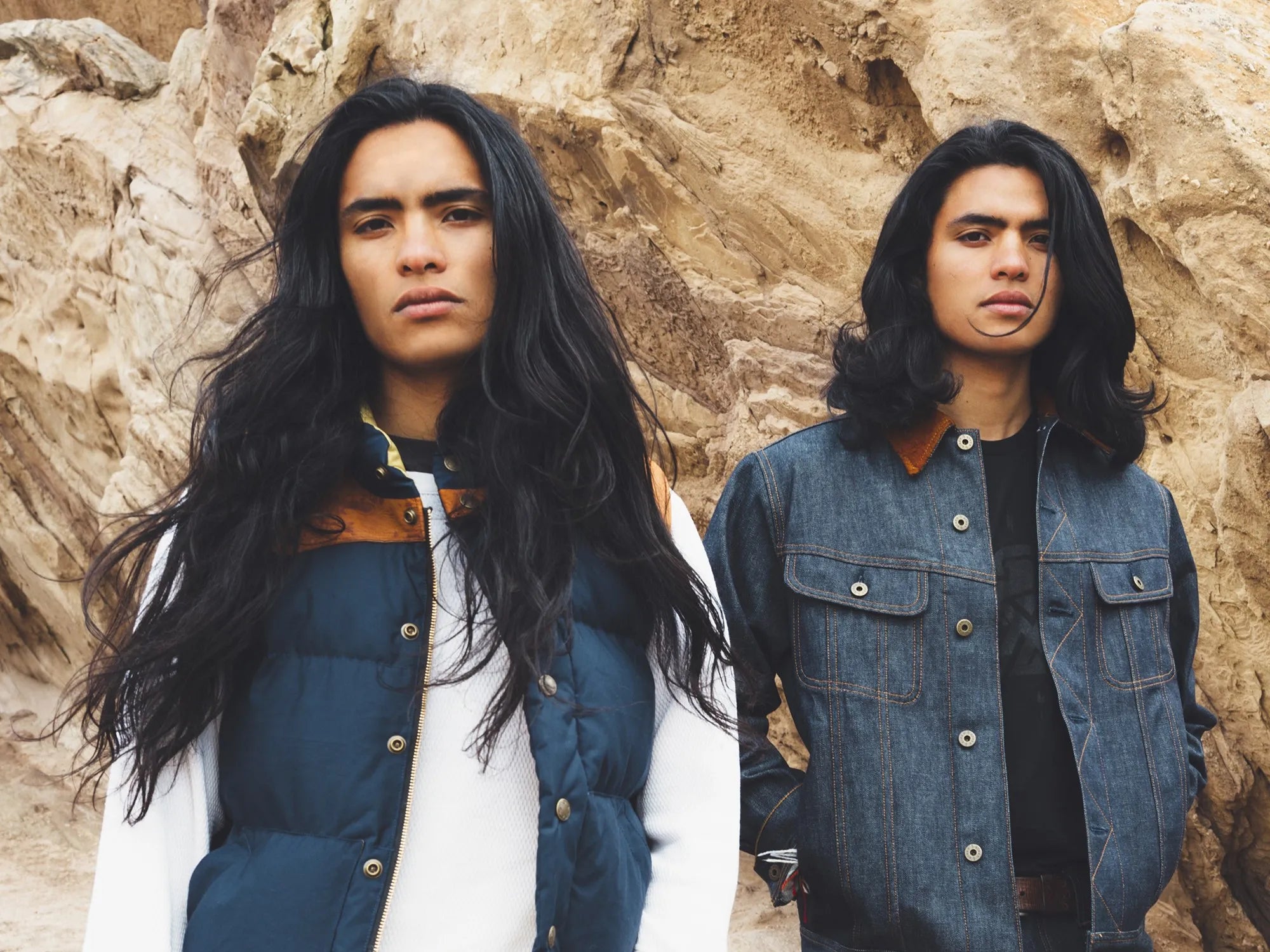American fashion has always lived at the intersection of practicality and reinvention. From workwear built for railroads and ranches to red-carpet couture and streetwear that reshaped global taste, U.S. style tells a story of constant experimentation powered by cultural diversity, technology, and a restless drive to define “what’s next.”
Indigenous Roots & Colonial Influence
Long before there was an American fashion market, Indigenous nations expressed identity and status through garments, beadwork, textiles, and adornment — sophisticated systems of meaning that predate the country itself. European colonization brought new silhouettes and fabrics, creating a fusion shaped by climate, geography, and social change.
The Birth of an Industry
By the 20th century, America was building its own fashion language. New York’s garment district exploded, Hollywood turned clothes into aspiration, and designers like Claire McCardell and Halston gave the U.S. a voice distinct from Europe — ease, utility, and glamour without rules.
New York Fashion Week & Global Reach
The formalization of New York Fashion Week pushed American designers onto the world stage. Houses like Calvin Klein, Ralph Lauren, Donna Karan, and later Marc Jacobs and Tom Ford exported an image of American life — clean lines, confidence, performance, and a talent for branding — that resonated from Paris runways to suburban malls.
The Modern Melting Pot
Today, U.S. fashion reflects the country’s cultural mix and digital acceleration. Black designers drive luxury and streetwear. Immigrant-founded labels rewrite tailoring. Tech and sustainability shape materials and manufacturing. TikTok, resale, and direct-to-consumer models redraw how Americans discover and buy clothes. Tradition and disruption now live side-by-side.


